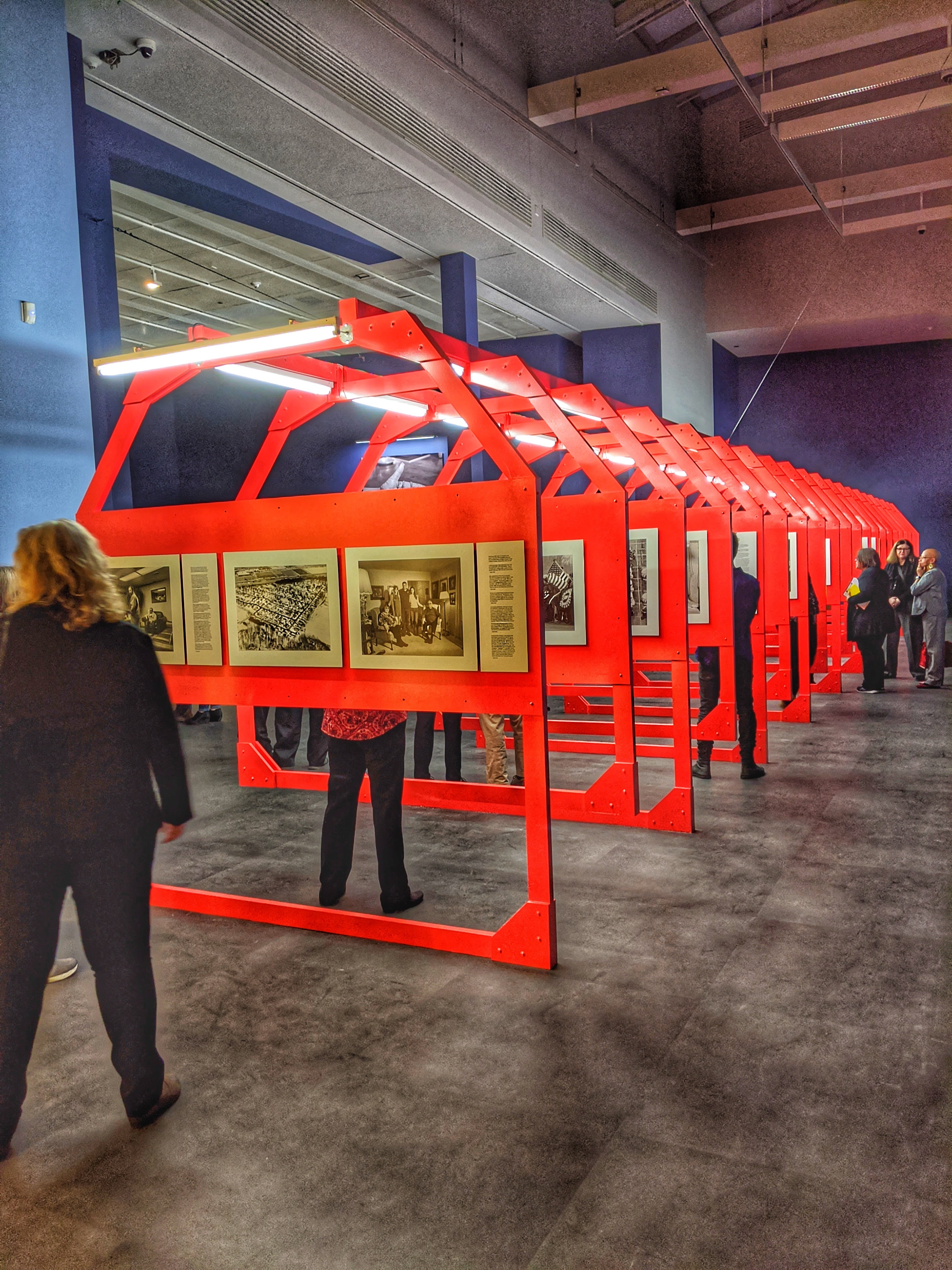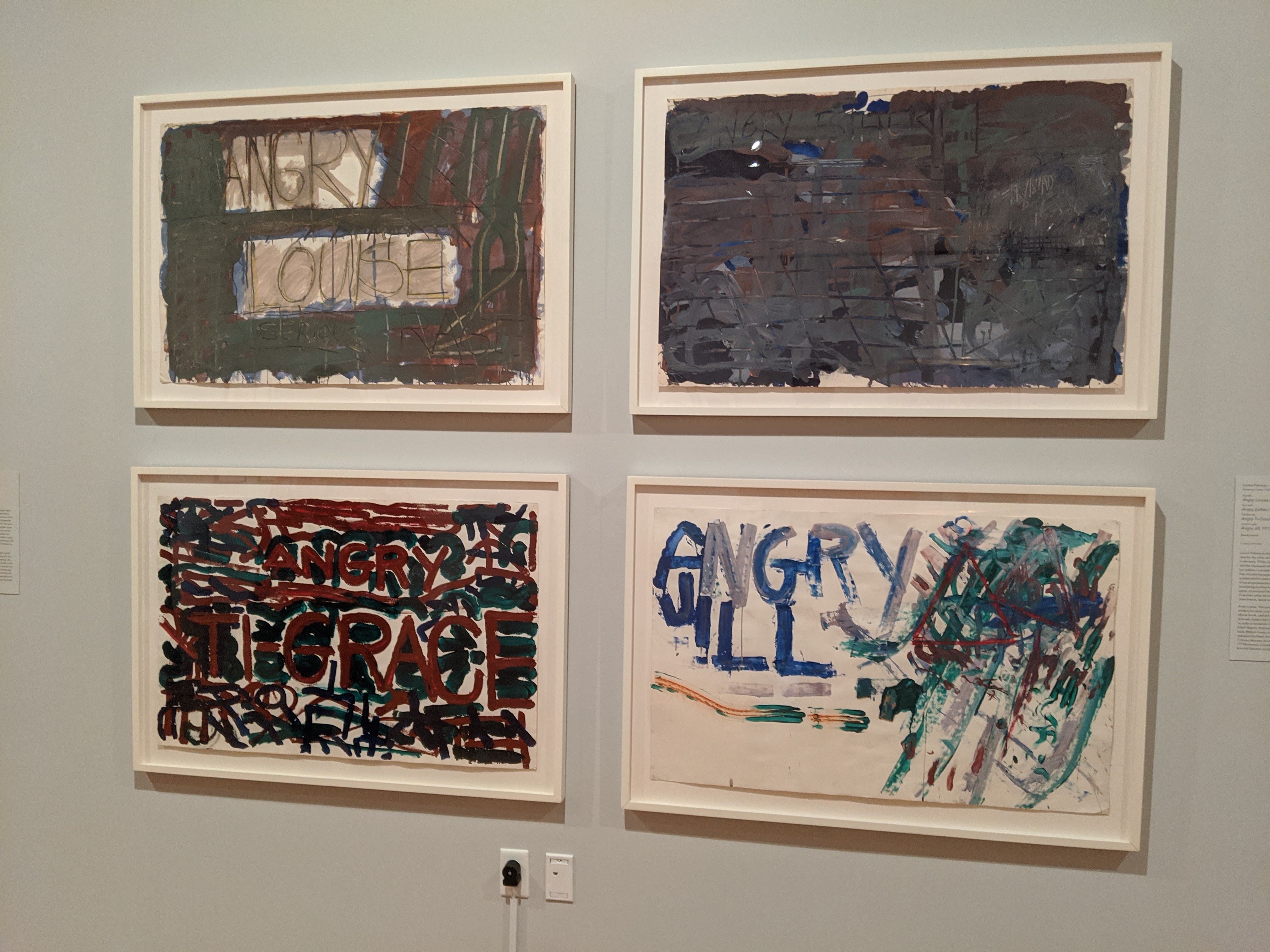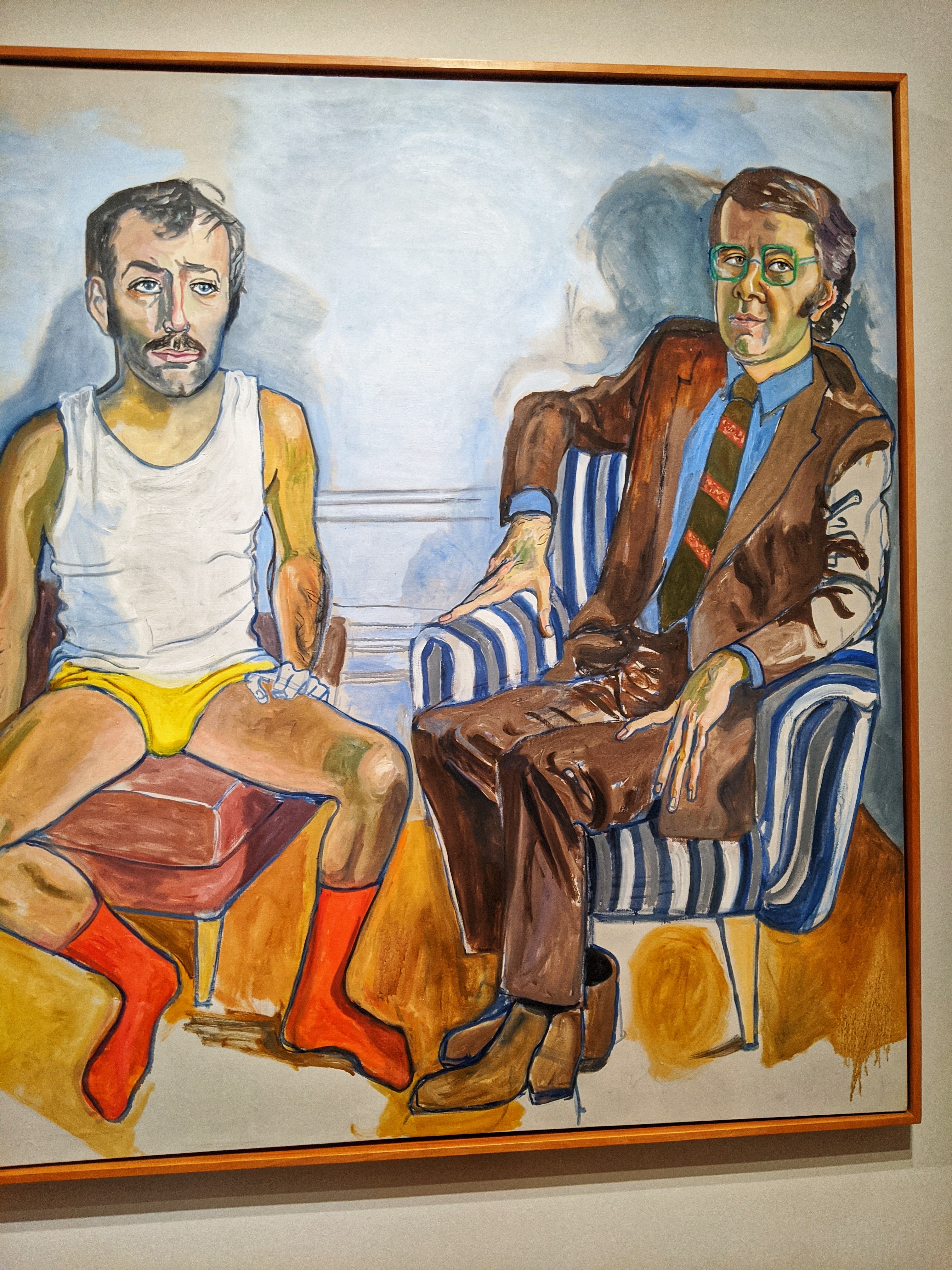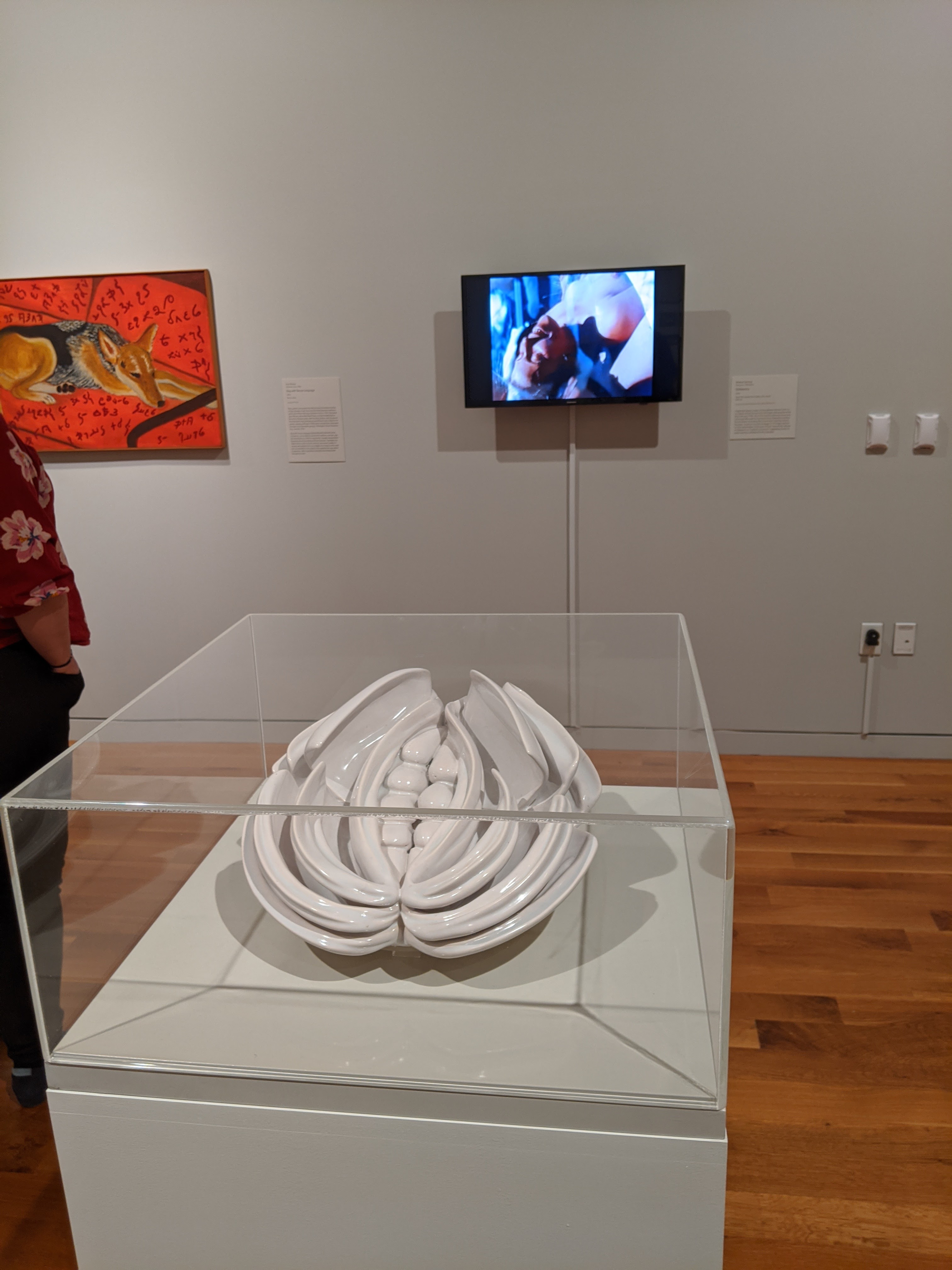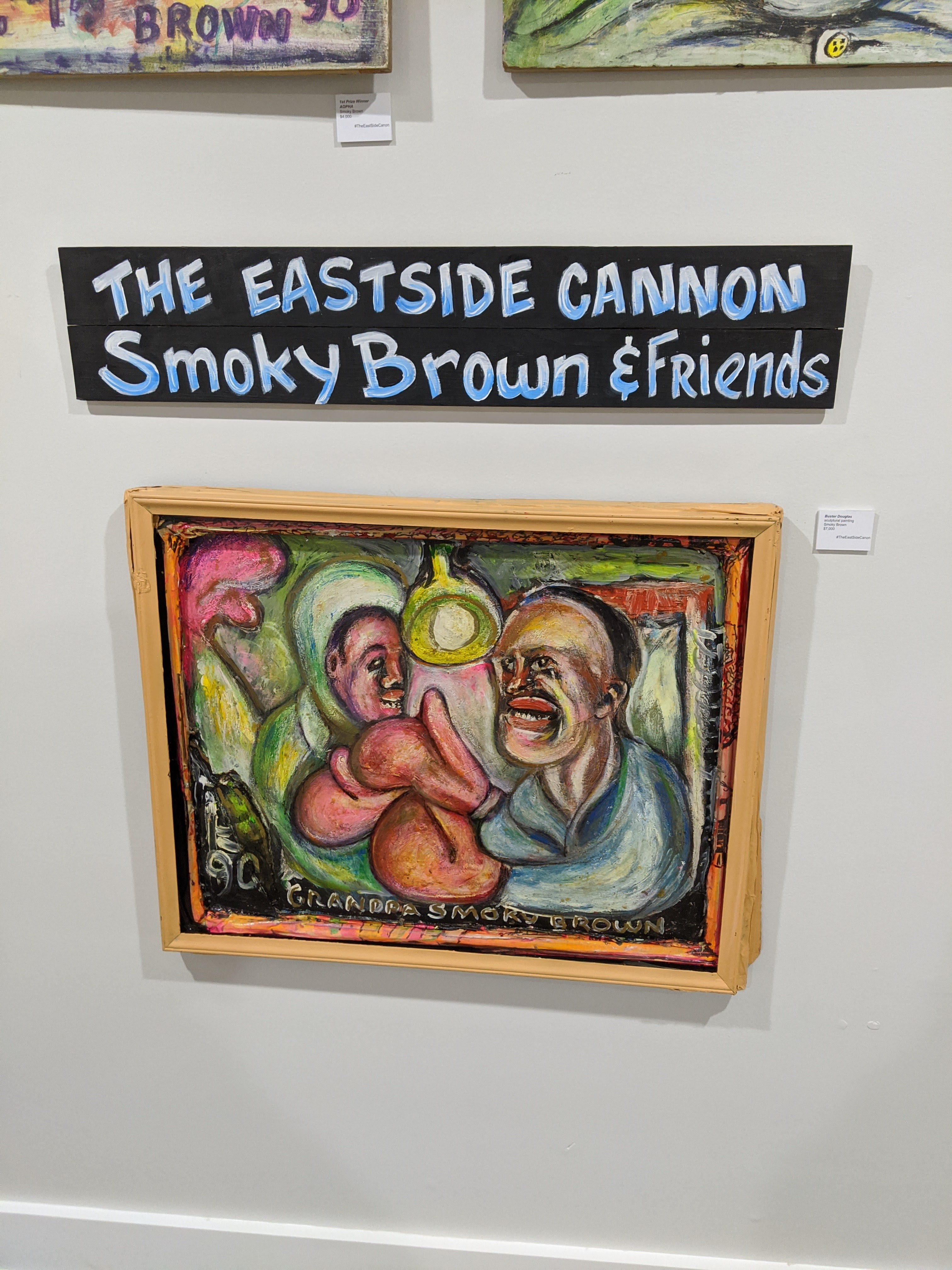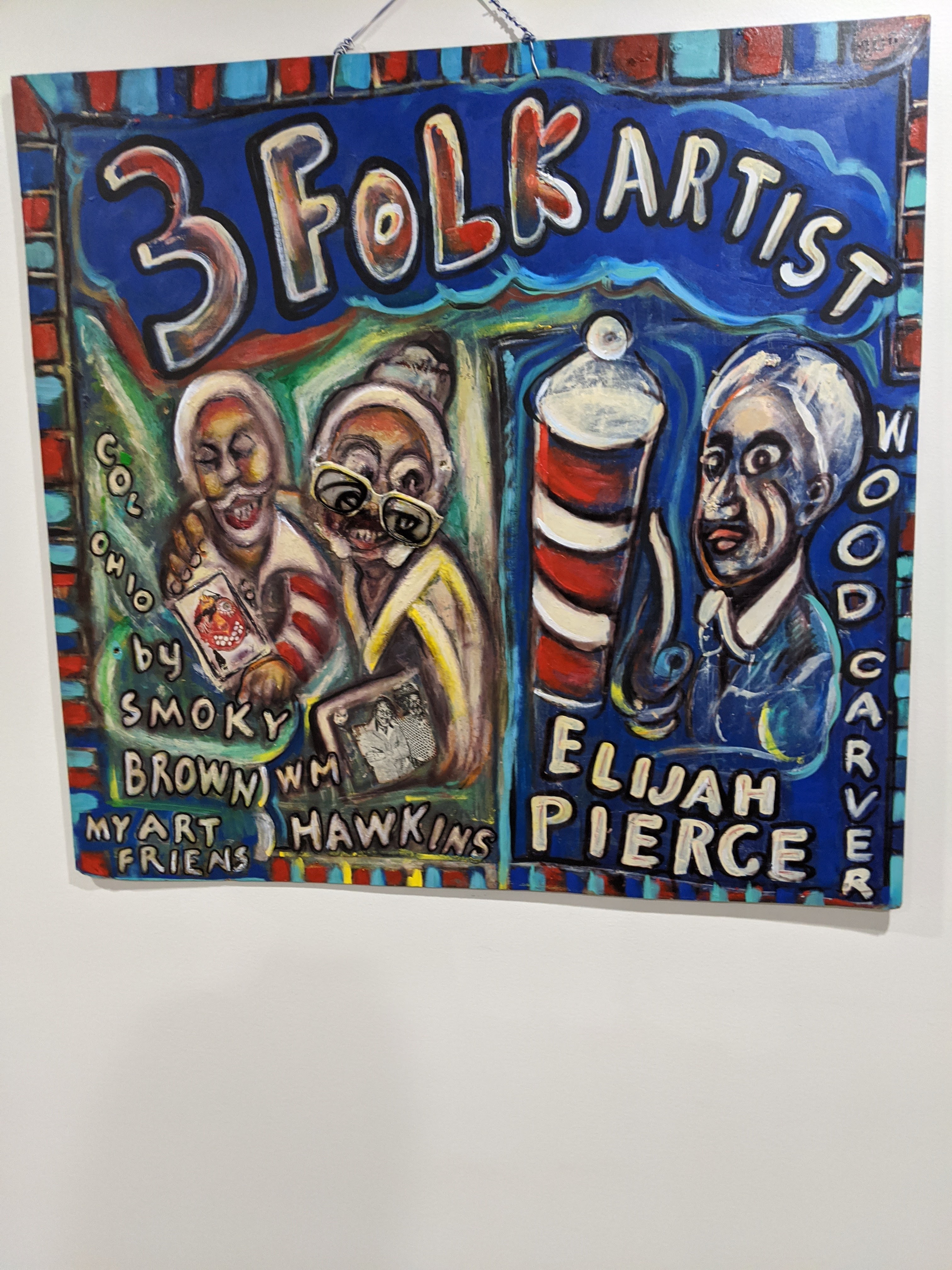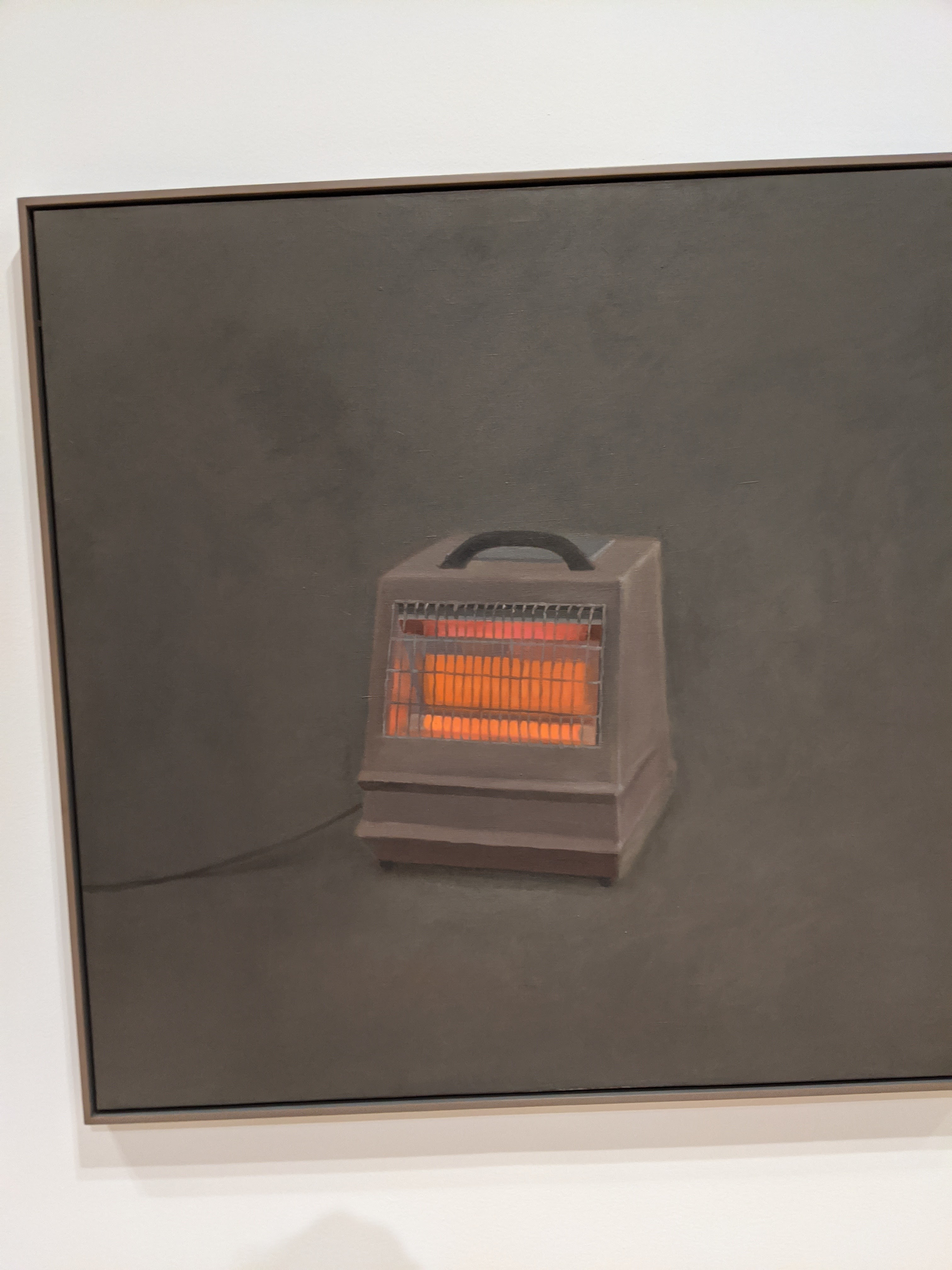
This year was a reminder not to wait to do things – tell people you care about them, start on that project, go to that exhibit. With the other three categories I’ve used on these memory exercises for the last 20ish years, there were digital workarounds that gave me a taste of what I was missing, tiding me over. Visual Art didn’t work that way for me.
I sampled, and I’m thrilled so many galleries and museums transitioned to or enhanced their existing online presence, with exciting work from David Zwirner, the Frieze fair, all manner of things in Europe. Still, I had a hard time connecting with it. It was like flipping through Artforum to me, good to know what’s going on that I can’t see, but I never felt like I experienced the pieces.
The impetus of the Available Light motto “don’t wait” came to light. When things shut down, I was glad in ways I can barely articulate that I spent the time and money on a New York trip for APAP and trips to Cleveland and Louisville (neither of which were primarily for visual art but I worked some in) all before March. At the same time, I hesitated a month for the new Wexner exhibits, and the window slammed shut when I wasn’t expecting (and they were things I desperately wanted to see). So, as usual, whenever things open again, don’t wait. Find what you’re interested in and lunge at it.
Everything is in Columbus unless otherwise noted. Photos were taken by me unless otherwise noted.
- Various Artists, Art After Stonewall (Columbus Museum of Art) – This tracing of the aftershocks of the Stonewall Riot, through early Gay Liberation and the darkest, most enveloping days of the AIDS crisis was a monumental undertaking and the finest use yet of the CMA’s new wing. For me, one of the highlights was the prominent placement of Columbus’s role in the gay art movements being documented here, including a lump-in-my-throat wall of Corbett Reynolds, his busts, and ephemera from his nightclub and his Red parties.
- Vija Celmins, To Fix The Image in Memory (Met Breuer, NYC) – The Metropolitan Museum of Art’s rental and repurposing of the previous Whitney Museum never quite found its footing but presented some spectacular exhibitions. Maybe my favorite was the last time I’ll ever get to visit – they announced in June the satellite building will not reopen after lockdown – this jaw-dropping retrospective of Vija Celmins. To Fix The Image in Memory took us through luminous renderings of household objects, as though lit from within, to intricate studies of the night sky. Whispered words of apocalypse and hymns to understanding, reminding me again and again of Mary Oliver’s maxim that “Attention is the beginning of devotion.”
- Expanded Museum of Modern Art (NYC)- I’m always skeptical when something I love – even when it has problems I’ve grumblingly come to live with – changes. But my heart sang when that skepticism burned off scant minutes after walking into the reconfigured MoMA. The flow between the collection crackles and sparks conversation in ways it seemed to restrict or calcify before. The various rooms assembled by artists sizzled with panopticon energy (on my visit I especially loved the Amy Sillman). I want to get back to my favorite city for at least 100 reasons but the biggest one is to luxuriate in the new MoMA some more.
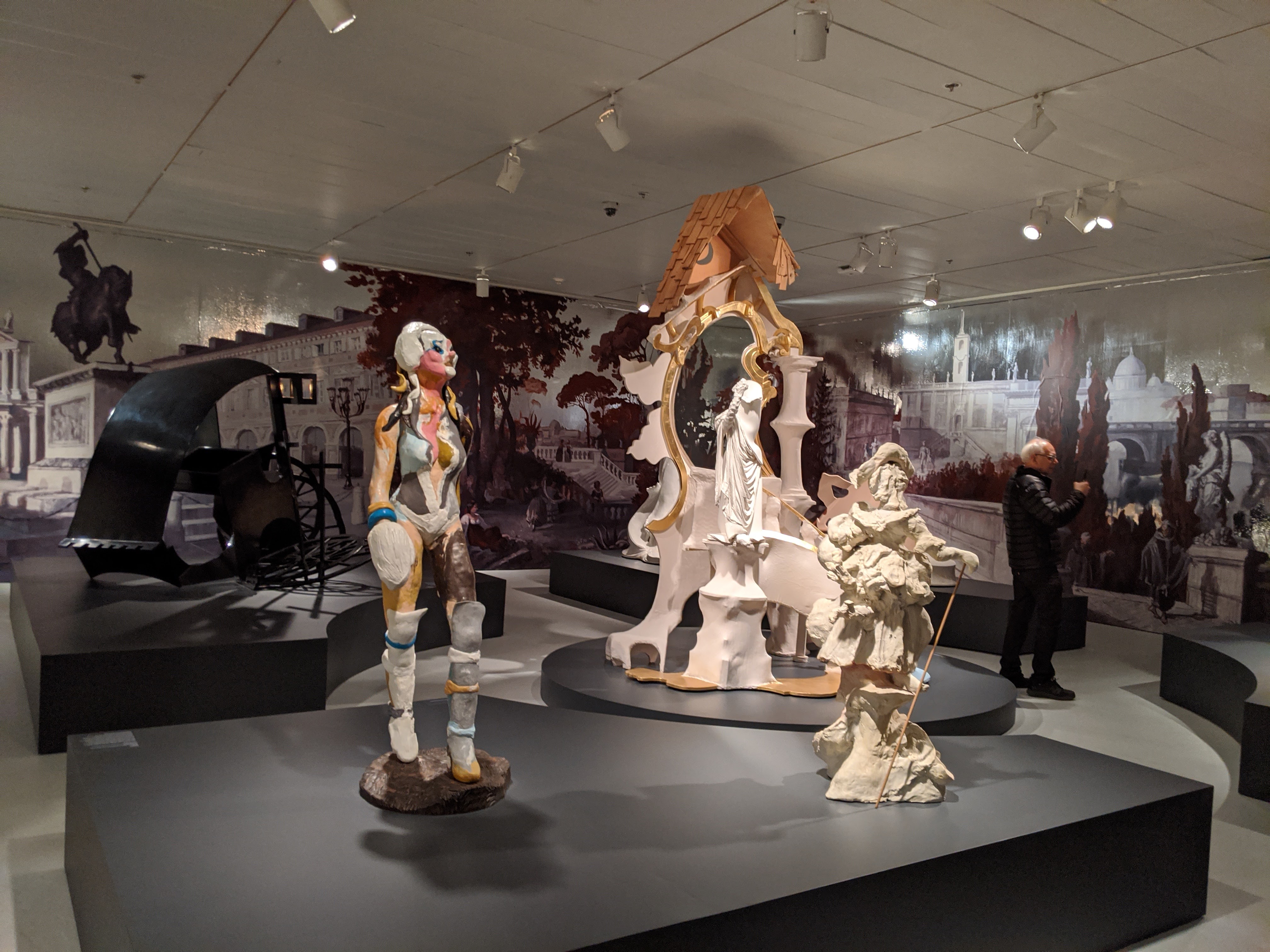
- LaToya Ruby Frazier, The Last Cruze (Wexner Center for the Arts) – LaToya Ruby Frazier is a shining, fascinating example of how an artist can pay witness, how empathy and a willingness to take a community seriously, always pays off. This look at the Lordstown, Ohio, GM plant and its workers dazzled me. I was touched watching some of the workers documented here walking through the exhibit and thought about how art institutions can serve multiple functions at the same time.
- Margaret Kilgallen, that’s where the beauty is (MOCA, Cleveland) – My last trip to another city before lockdown found Cleveland as enriching as ever – you’ll also see it on the Live Music list – and this Kilgallen retro exploded her celebration of niche scenes and an endangered love of what’s hand-crafted and unique. A wild party and a thoughtful call to introspection.
- Rachel Feinstein, Maiden Mother Crone (Jewish Museum, NYC) – This Feinstein survey dug deep into myth, desire, and narrative in ways that repelled easy answers and snap judgments. Huge sculptures and sparkling installations, bouncing their energy off each other and absorbing what the observes walking through the Jewish Museum had to give, then throwing it back at us, reshaped and a little more alive.

- Rashid Johnson, The Hikers (Hauser & Wirth, NYC) – Hauser & Wirth rarely disappoints me – even more so with their excellent new cafe and bookshop – and when I entered on a sunny January day for the (very good) Mike Kelley pieces, I was knocked sideways by my first real exposure to Rashid Johnson. These massive tile mosaics and collages, which reminded me a little of Jack Whitten, captured a dread and anxiety in a way I found moving but also somehow uplifting.
- Felix Valloton, The Painter of Disquiet (Metropolitan Museum of Art, NYC) – Valloton struck me as a cross between Bonnard and Toulouse-Lautrec and it was fitting seeing this look at his work in the same room where I really got Bonnard for the first time. Rich, narrative work, unsparing in its judgment of its characters and their desires but enraptured by them at the same time. I spent most of my time at Bemelmans after walking through this writing about it and trying to make sense of how deeply it spoke to me.
- Burt Hurley, Loose Nuts: Burt Hurley’s West End Story (Speed Museum, Louisville) – I’m an incredible sucker for genre work before the genre is supposed to have existed. Hurley’s satire of urban Louisville assumed later comic book styles we take for granted and found its own solution to those same storytelling problems in ways I’ve never seen before.

- Rachel Harrison, Life Hack (Whitney, NYC) – I’m ashamed to admit I knew very little of Harrison’s work when I walked into the Whitney trying to squeeze the most into this last day of the trip but these vibrant, brutal surreal pop explosions shook me and reverberated against everything else I saw that Sunday (it makes appearances on both the theatre and music lists).
- Various Artists, Edith Halpert and the Rise of American Art (Jewish Museum, NYC) – No exaggeration: I cried four or five times doing this. This kind of tracing movements through one or more focal points is a unique speciality of the Jewish museum and this look at how a collector and gallerist can be a focal point in making people sit up and care and a linchpin of a community that didn’t really exist until she stood up and made it exist was a reminder I deeply needed at the moment. And a reminder I always need.
- Sadie Benning, Pain Thing (Wexner Center for the Arts) – Sadie Benning’s previous exhibit at the Wex is one of my favorite things I’ve ever seen in 25 years of regular patronage and these tiny images, implying film at one minute and suggesting the twists of a kaleidoscope, resisting any simplisticy reduction, beguiled and baffled me. I wished I could have seen this another dozen times.
- Various Artists, Songs in the Dark (Tanya Bonakdar, NYC) – Tanya Bonakdar is a gallery I make a point to hit every trip if something’s up and this group show reaffirmed everything I love about its stable of artists and its curatorial practice. A look at the current fraught moment and its complicating factors without – in accordance with Brecht who it references in the title – ever making the viewer despair. Work by artists I already loved like Ernesto Neto, Rivane Neuenschwander, and Olafur Eliasson bumped up against new to me art by Hannah Starkey and Mehschach Gaba.
- Jessica Segall, 100 Years, All New People (SPACES, Cleveland) – This look at immigration, composed of elements Segall collected at the borders, was a tomb and a monuument to human ingenuity, our ability to rise above anytthing that would hold us down or keep us still, but also an installation drenched in stillness and the terrible price these systems would exact from us.
- Smoky Brown and Friends, The Eastside Canon (Streetlight Guild) – Streetlight Guild, under the guidance of Scott Woods, has been the most exciting single Columbus art development in the last few years. The gallery exhibits are always worthwhile but this was special. One of the great guiding lights of local art, Smoky Brown, given a museum-quality show of work that was new even to someone like me who grew up here and thought I’d seen a lot of his work. Coupled with a selection of work from his collection. A lesson in valuing what’s around you and appreciating your friends and community.
